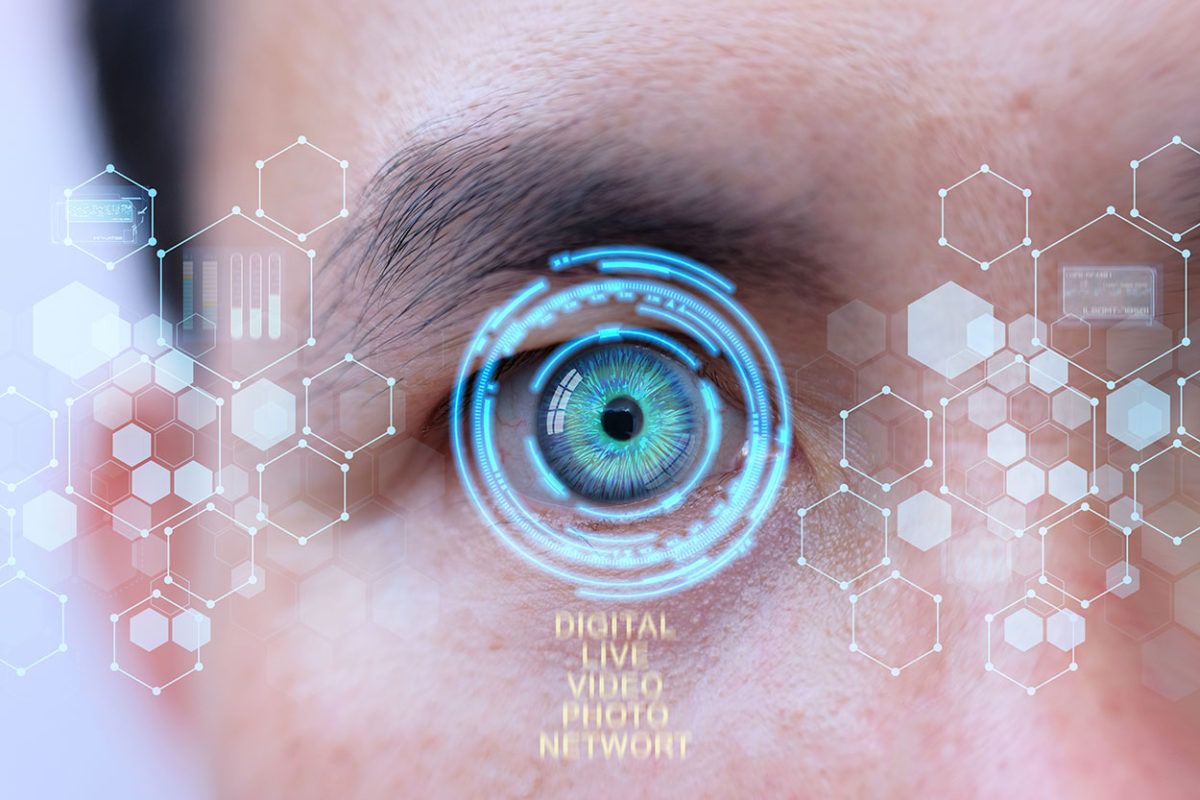Since the emergence of the internet, networks and all the connection that this requires, we have been living in an interconnected world with the presence of elements and tools such as ioT devices, which have been seen more frequently.
En nuestro día a día estamos rodeados de una gran cantidad de tecnología, redes y sensores. Nuestros teléfonos son una prueba de ello, ya que posee un software que se actualiza constantemente de manera inalámbrica; cuando lo perdemos podemos rastrearlo de manera remota.
Por otro lado tenemos a los restaurantes que cuentan con códigos QR para evitar el uso de menú o cartas y propagar el COVID-19. Asimismo, tenemos almacenes que usan robots para automatizar actividades manuales y aumentar la productividad.
Let’s spread the iOT
It is known that the vast majority of insurers have not yet implemented or explored the Internet of Things, however, the few insurance companies that have taken the step have demonstrated the great potential in using it.
There are now international insurers with thousands of telematics-priced policies in their auto portfolios, customers using iOT-enabled wellness reward systems in their life insurance portfolios, and thousands of workers protected with real-time risk mitigation solutions.
As Insurance thought leadership points out in an article, much is the extraordinary potential of iOT, which allows insurers to connect with their customers and risks, providing benefits such as the following:
- Improve the customer experience by pushing the proximity and frequency of interaction with them, thus reaching beyond traditional risk transfer. Many players are selling additional services for a monthly fee; others have found new ways to sell insurance coverage thanks to IoT.
- It refines core insurance activities (assessment, management and risk transfer) by using IoT solutions for continuous underwriting, claims management and risk reduction. The use of information generated by IoT data stream analytics has promoted less risky behaviors in real time.
- It generates knowledge about policyholders and their risks, to underwrite them differently, enabling up-selling and cross-selling and for new risks.
Despite this promising outlook, there are many players in various companies that have not understood the nature and relevance of joining the IoT. Each of the successful pioneers has designed their vision and strategy for ioT usability within their business processes.
Finally, one of the most common mistakes is to focus on the «thing», such as a smart device. However, IoT is about data, not things and even focusing on the data is a mistake as what really matters is the use of the data.
Transforming business processes, through the use of data, has been the secret sauce of any successful IoT insurance program.
